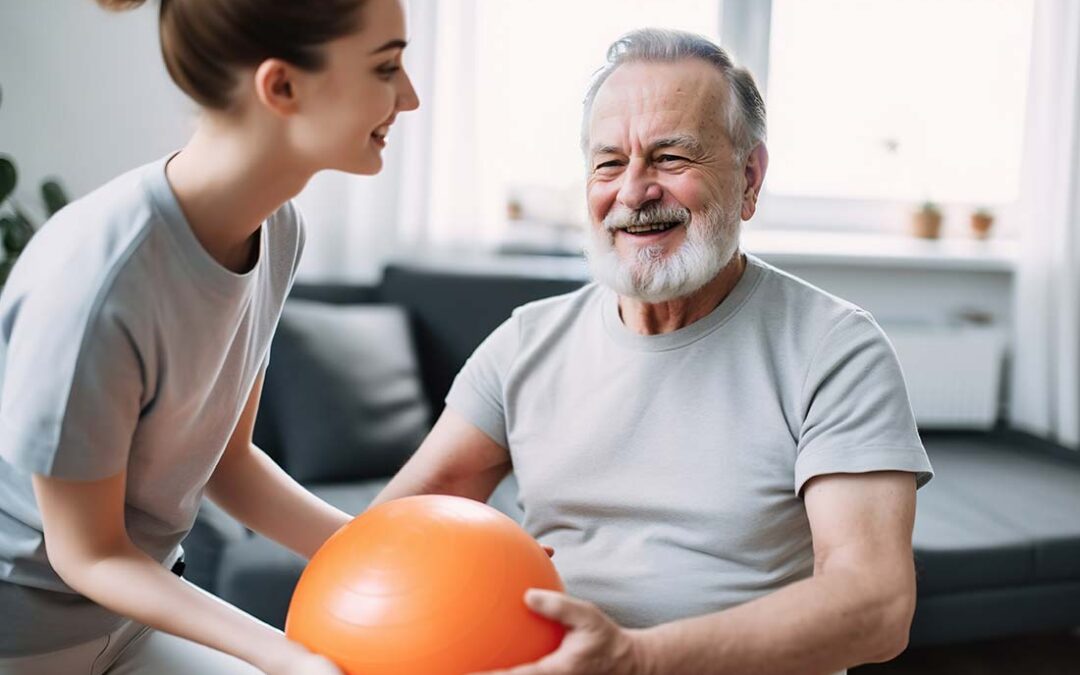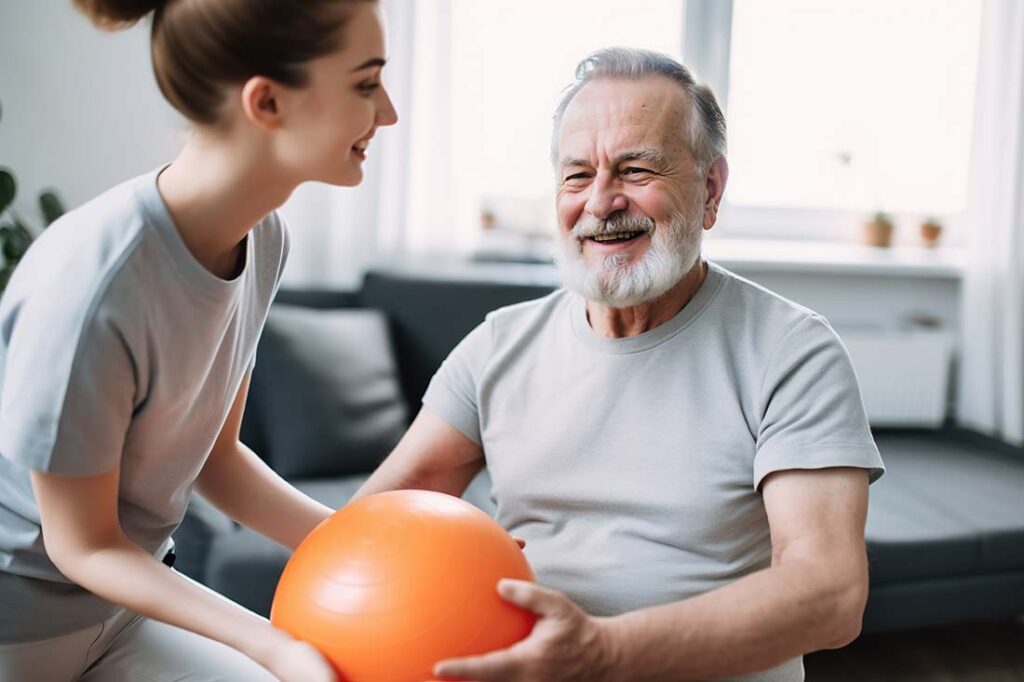
Preparing for a Safe Winter Season

After a lovely summer filled with pleasant weather, friends, and walks outside, the impending doom begins to set in; winter is coming. The demands of winter can be tougher and tougher as we age and as parts of us don’t work like they once did. Suddenly, the shoveling workout becomes a mountain of a task instead of an opportunity for exercise. Maybe you’re not moving around as much because the risk of falling is high or the tasks are too complicated.
If this sounds like you, our friendly advice is, don’t wait until you’re injured or sick to ask for help. If you wait too long, the support you might need could be beyond just a little. Untreated illnesses, injuries, and overall decline may compromise your independence.
Consider Home Health Services
If you’re like many people, you don’t want to leave home even if you need help in the winter, and it gets downright lonesome sometimes. If leaving home is hard, consider asking your doctor for a home health referral.
Home health can provide a registered nurse to monitor your vitals and medical conditions. They can help educate you on your medications and monitor you for any side effects that might go unnoticed over the winter if you don’t go out as much.
Maintain or Regain Strength
Each therapy is designed to help you improve and maintain your strength and balance. They might also help you avoid falls. Did you know that someone 65 or over falls every second? That’s an important stat from the CDC.
Here is some additional info on falls:
- 1 out of 4 older adults will fall each year.
- 1 in 5 falls causes an injury like broken bones or a head injury.
- Each year, 3 million older adults are seen in the emergency rooms after a fall-related injury.
Fall Prevention Tips
- See your doctors—notice we said more than one doctor! See your primary care physician, optometrist, and hearing specialist. Be sure you’re on the proper medications and can see and hear your surroundings.
- If you have clutter or risky throw rugs lying around your house, remove them.
- Be sure your outside walkways are clear of snow and ice.
- Take your time when walking. Falls happen quickly!
- Ask your doctor if you need home monitoring of your medications by a registered nurse. If you live alone and manage chronic illnesses, you may not notice the side effects of meds or symptoms of your condition.
- Use proper lighting. Keep a flashlight handy for those late-night trips to the bathroom, install a night light, or buy a smart bulb and ask Alexa to turn your light on.
- Be aware of pets as you walk. Fluffy pups or clingy kitty cats can trip you up when you least expect it.
- Wear supportive, nonslip footwear.
- Get an emergency pendant system if you live alone and are concerned about an emergency or fall that could make getting to the phone difficult.
- Go-go Gadget! Railings, grab bars, and hand-held showers can all be helpful—so can a shower bench. A home evaluation by a physical or occupational therapist could be a great way to get recommendations for the exact gadgets you need to be safe.
- Consider taking classes on fall prevention. There are a variety of curriculums available across the United States. These can be easily found by an internet search such as “Fall prevention classes near me.”
If you’re concerned about old man winter causing a ruckus in your life this year, don’t wait. Find out if you qualify for home health services and if CaringEdge can help! Reach out to us at info@caringedge.com.
